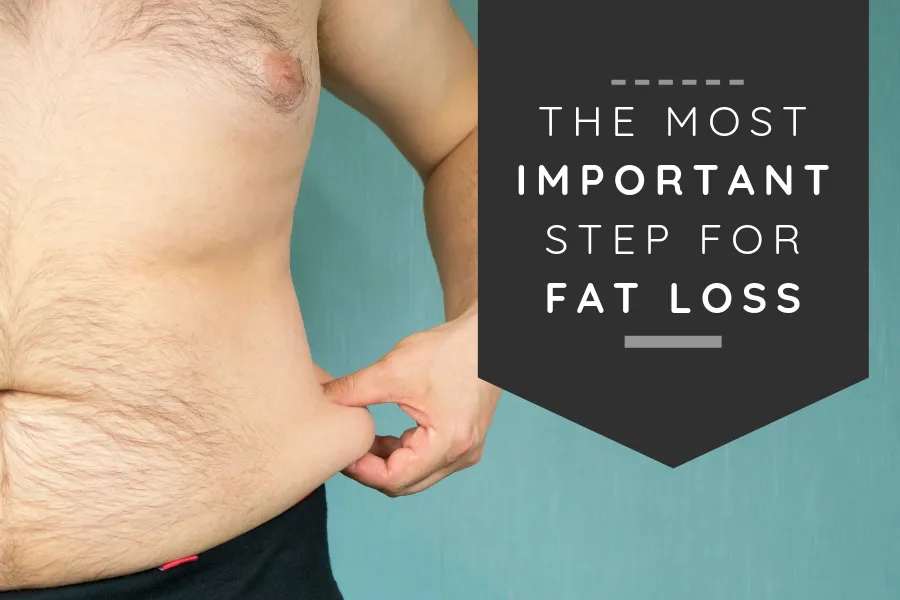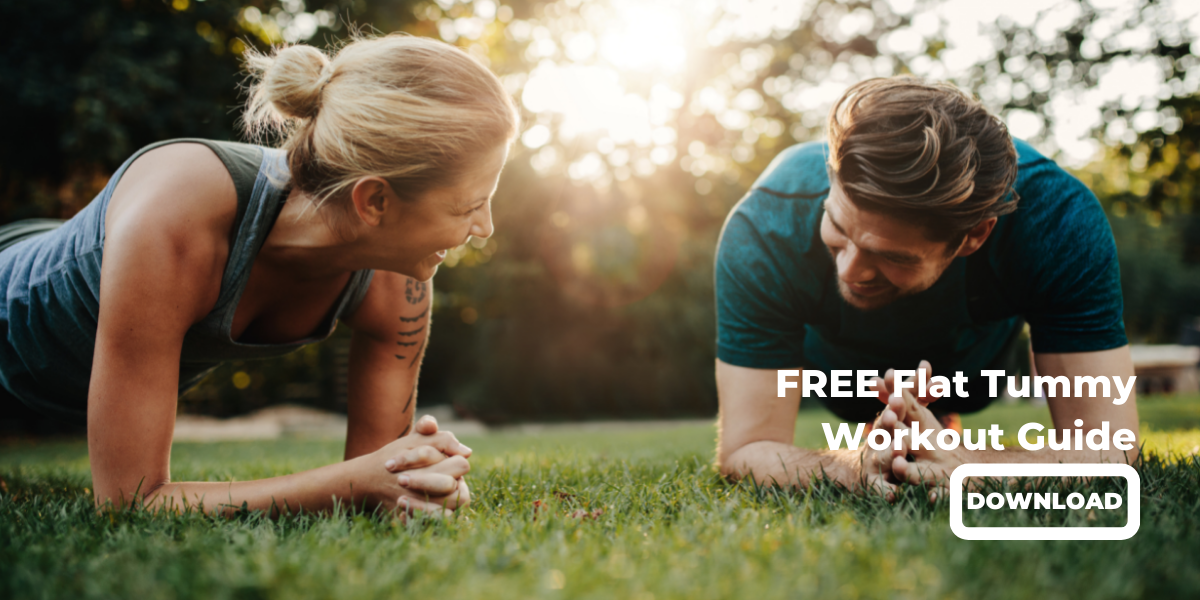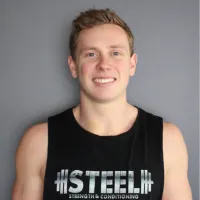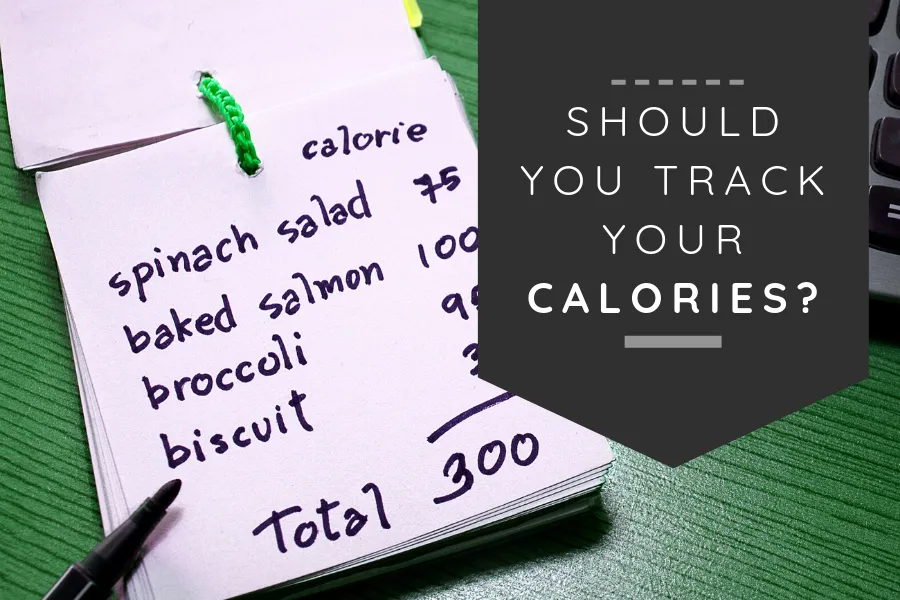Articles
Discover the latest fitness tips, workout advice, and updates from FIT40 Melton. Our blog is designed to keep you informed and inspired on your fitness journey.

The Most Important Step For Fat Loss
"If you eat too many calories, they don’t magically disappear or get destroyed… they stay with you, causing fat gain."
The Most Important Step for Fat Loss: How to Lose Fat and Keep It Off
Struggling to lose fat and keep it off? You're not alone. At FIT40 Melton, I’ve helped hundreds of clients finally break free from the cycle of dieting, and today, I’ll show you the exact strategy that works for sustainable fat loss.
The Key to Fat Loss: Energy Balance
The most important step for fat loss is energy balance.
Everything we eat provides energy, measured in calories. If you eat more calories than your body burns, you gain fat (calorie surplus). If you eat fewer calories than you burn, you lose fat (calorie deficit). This is the fundamental principle behind fat loss.
A sustainable fat loss strategy is about finding the right calorie balance—not starving yourself or following extreme diets.

How Many Calories Should You Eat for Fat Loss?
To determine how much energy you need, you must calculate your Total Daily Energy Expenditure (TDEE). This is the total number of calories your body burns daily, including activity levels.
How to Calculate Your TDEE:
Use our FIT40 Melton Calorie Calculator to determine your daily energy needs.
If your TDEE is 2000 calories/day, eating at this level will maintain your weight.
To lose fat, aim for 10-15% less than your TDEE:
2000 x 0.15 = 300 calorie deficit
2000 – 300 = 1700 calories/day for fat loss
Why a Moderate Deficit Works Best
Cutting calories too aggressively (more than 15-20% deficit) can lead to:
Muscle loss (which slows metabolism)
Low energy & cravings
Yo-yo dieting & weight regain
A conservative approach ensures steady fat loss without sacrificing muscle.
Tracking Calories for Weight Loss
Knowing your daily calorie intake is essential to making progress. Every piece of food contributes to your total daily intake.
But that doesn’t mean you have to give up the foods you love. You can still enjoy your favourite meals—you just need to be mindful of the total number of calories you consume.
Some of your favourite foods might be higher in calories, but that doesn’t mean they’re off-limits.
By tracking your intake and balancing your meals throughout the week, you can fit them into your plan while still staying on track with your fat loss goals. Knowing your daily calorie intake is essential to making progress. Every piece of food contributes to your total daily intake.
Food Examples:
Banana: 70-150 calories (depending on size)
Oats & skim milk: ~400 calories
Big Mac: 600+ calories (before sides & drinks!)
If you want to lose fat while still enjoying your favourite foods, tracking calories helps you plan & budget your meals effectively.

Planning & Budgeting Your Food for Fat Loss
Fat loss isn’t about perfection—it’s about consistency. Some days will be higher, some will be lower. As long as you’re in a calorie deficit most of the time, you’ll make progress.
Example: Managing Calories Over a Week
Let’s say your goal is 1700 calories per day. You want to have a burger on Saturday, but it’ll push you over. Here’s how to balance it out:
Friday & Sunday: Eat 1400 calories (save 600 total)
Saturday: Enjoy your burger and hit 2300 calories
Since your weekly calorie average is still in a deficit, you’re on track for fat loss.
How the Weekly Average Works
Your body doesn’t reset at midnight each night—it responds to your overall energy intake over time. Think of fat loss like a weekly budget:
If your weekly calorie goal is 11,900 calories (1700 per day x 7 days), you have flexibility in how you spread those calories throughout the week.
Some days, you may eat less, which allows for higher-calorie days when needed.
As long as your total intake for the week remains within your targeted deficit, you will continue to lose fat.
This approach makes fat loss sustainable and flexible—allowing for social events, indulgences, and a long-term approach to maintaining your results.
The Secret to Long-Term Fat Loss Success
Your body doesn’t reset every night at midnight. Fat loss is about the bigger picture—not daily fluctuations. Instead of obsessing over perfect numbers, focus on:
Being in a deficit most of the time
Choosing nutrient-dense, filling foods
Prioritising protein to preserve muscle
Staying active to support metabolism
Real Results from FIT40 Melton Members
Many of our members have seen life-changing results by applying these strategies.
“I have almost lost 15kgs after joining FIT40 Melton. Jake and Daniel have helped me with my progress, and I am glad I made the decision!” – Priya Battula
“After years of procrastinating, I finally made a step towards regaining a healthier me. I was extremely shy going in on my own with little confidence, but from day one, I felt empowered to achieve my goals.” – Sunita Kishore
Ready to Take Control of Your Fat Loss Journey?
At FIT40 Melton, we help busy people lose fat, gain strength, and feel their best—without crash dieting or gimmicks. If you’re serious about making real progress, book your FREE Intro Session today.


The Most Important Step For Fat Loss
"If you eat too many calories, they don’t magically disappear or get destroyed… they stay with you, causing fat gain."
The Most Important Step for Fat Loss: How to Lose Fat and Keep It Off
Struggling to lose fat and keep it off? You're not alone. At FIT40 Melton, I’ve helped hundreds of clients finally break free from the cycle of dieting, and today, I’ll show you the exact strategy that works for sustainable fat loss.
The Key to Fat Loss: Energy Balance
The most important step for fat loss is energy balance.
Everything we eat provides energy, measured in calories. If you eat more calories than your body burns, you gain fat (calorie surplus). If you eat fewer calories than you burn, you lose fat (calorie deficit). This is the fundamental principle behind fat loss.
A sustainable fat loss strategy is about finding the right calorie balance—not starving yourself or following extreme diets.

How Many Calories Should You Eat for Fat Loss?
To determine how much energy you need, you must calculate your Total Daily Energy Expenditure (TDEE). This is the total number of calories your body burns daily, including activity levels.
How to Calculate Your TDEE:
Use our FIT40 Melton Calorie Calculator to determine your daily energy needs.
If your TDEE is 2000 calories/day, eating at this level will maintain your weight.
To lose fat, aim for 10-15% less than your TDEE:
2000 x 0.15 = 300 calorie deficit
2000 – 300 = 1700 calories/day for fat loss
Why a Moderate Deficit Works Best
Cutting calories too aggressively (more than 15-20% deficit) can lead to:
Muscle loss (which slows metabolism)
Low energy & cravings
Yo-yo dieting & weight regain
A conservative approach ensures steady fat loss without sacrificing muscle.
Tracking Calories for Weight Loss
Knowing your daily calorie intake is essential to making progress. Every piece of food contributes to your total daily intake.
But that doesn’t mean you have to give up the foods you love. You can still enjoy your favourite meals—you just need to be mindful of the total number of calories you consume.
Some of your favourite foods might be higher in calories, but that doesn’t mean they’re off-limits.
By tracking your intake and balancing your meals throughout the week, you can fit them into your plan while still staying on track with your fat loss goals. Knowing your daily calorie intake is essential to making progress. Every piece of food contributes to your total daily intake.
Food Examples:
Banana: 70-150 calories (depending on size)
Oats & skim milk: ~400 calories
Big Mac: 600+ calories (before sides & drinks!)
If you want to lose fat while still enjoying your favourite foods, tracking calories helps you plan & budget your meals effectively.

Planning & Budgeting Your Food for Fat Loss
Fat loss isn’t about perfection—it’s about consistency. Some days will be higher, some will be lower. As long as you’re in a calorie deficit most of the time, you’ll make progress.
Example: Managing Calories Over a Week
Let’s say your goal is 1700 calories per day. You want to have a burger on Saturday, but it’ll push you over. Here’s how to balance it out:
Friday & Sunday: Eat 1400 calories (save 600 total)
Saturday: Enjoy your burger and hit 2300 calories
Since your weekly calorie average is still in a deficit, you’re on track for fat loss.
How the Weekly Average Works
Your body doesn’t reset at midnight each night—it responds to your overall energy intake over time. Think of fat loss like a weekly budget:
If your weekly calorie goal is 11,900 calories (1700 per day x 7 days), you have flexibility in how you spread those calories throughout the week.
Some days, you may eat less, which allows for higher-calorie days when needed.
As long as your total intake for the week remains within your targeted deficit, you will continue to lose fat.
This approach makes fat loss sustainable and flexible—allowing for social events, indulgences, and a long-term approach to maintaining your results.
The Secret to Long-Term Fat Loss Success
Your body doesn’t reset every night at midnight. Fat loss is about the bigger picture—not daily fluctuations. Instead of obsessing over perfect numbers, focus on:
Being in a deficit most of the time
Choosing nutrient-dense, filling foods
Prioritising protein to preserve muscle
Staying active to support metabolism
Real Results from FIT40 Melton Members
Many of our members have seen life-changing results by applying these strategies.
“I have almost lost 15kgs after joining FIT40 Melton. Jake and Daniel have helped me with my progress, and I am glad I made the decision!” – Priya Battula
“After years of procrastinating, I finally made a step towards regaining a healthier me. I was extremely shy going in on my own with little confidence, but from day one, I felt empowered to achieve my goals.” – Sunita Kishore
Ready to Take Control of Your Fat Loss Journey?
At FIT40 Melton, we help busy people lose fat, gain strength, and feel their best—without crash dieting or gimmicks. If you’re serious about making real progress, book your FREE Intro Session today.

KICKSTART
YOUR
FITNESS
RIGHT NOW!
GET YOUR FREE GUIDE NOW
KICKSTART
YOUR
FITNESS
RIGHT NOW!
GET YOUR FREE GUIDE NOW

© FIT40 Melton 2025
Privacy Policy | Terms of Use






